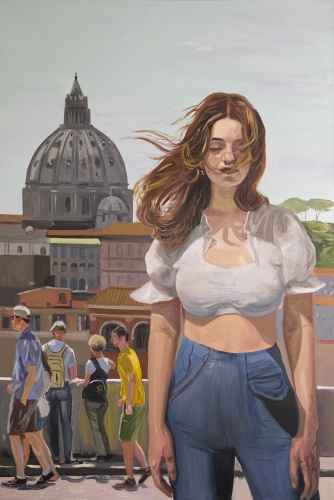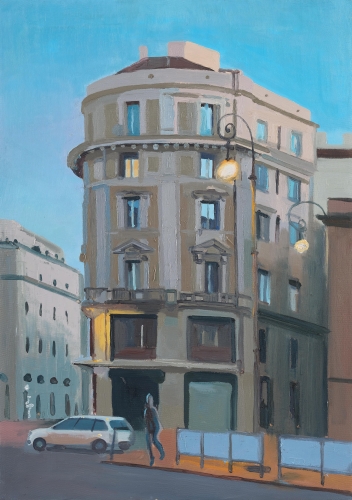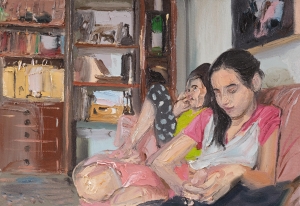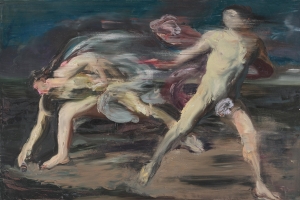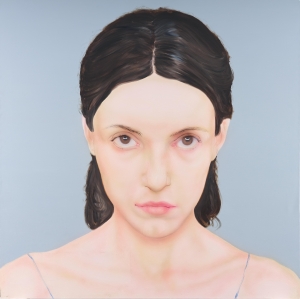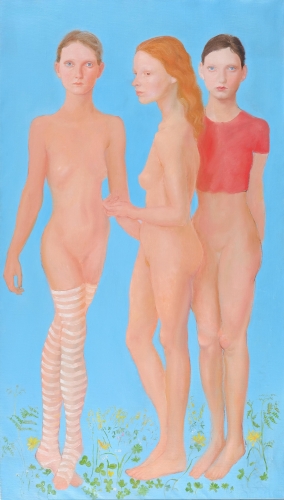Biography
Born in Castellammare di Stabia in 1970, Federico Lombardo lives and works in Ciampino-Rome.
He graduated in sculpture from the Academy of Fine Arts in Naples.
Federico Lombardo's work has long been moving along two apparently divergent stylistic directions, both stemming from the artist's original research on the human figure, the enduring presence of classical iconology in contemporary sensibility, and reflections on the changing relationship between the real and the virtual (concrete reality vs virtual environment, painting vs technology) in the era of ubiquitous technological means and the progressive substitution, in many productive and creative activities, of material elements with immaterial ones. On one hand, indeed, the artist has developed a rugged and essential language, which, starting from an investigation of the human figure, has gradually lost, almost imperceptibly at first glance, the materiality of the traditional painting process in favor of new experiments within a completely digital language. On the other hand, he has developed a complex compositional and iconographic apparatus, capable of blending, with surprising harmony and formal coherence, fragments of contemporary reality with references to the great Italian painting of the origins, as if the painter's gaze, after years of experimentation and study of pictorial practice, could convey the chaos, the aesthetic disorder, and the senselessness of contemporary living within a classical compositional "code."
Lombardo states about his artistic research: "I am trying to understand complex realities. As an expressive tool, I use a painting that is also a way to investigate multidimensional systems, pursuing a path that leads the pictorial matter to cancel itself to make room for an essential and transcendent idea. The antinomic pair: control and loss of control, is confined within the limits of a form inspired by man. Drawing is nothing more than a tool that defines a form and a concept, this can be lost in the material substance of painting, which follows its physical laws, such as water spreading on the sheet, or in the case of digital, remain suspended in a magnetic limbo persistent in its potential mutability, to then be fixed on paper as well. The two obvious contrasts that emerge suggest a common matrix, that is the desire to assert, to capture in some way the mutable, elusive and fragile essence of the human being."


